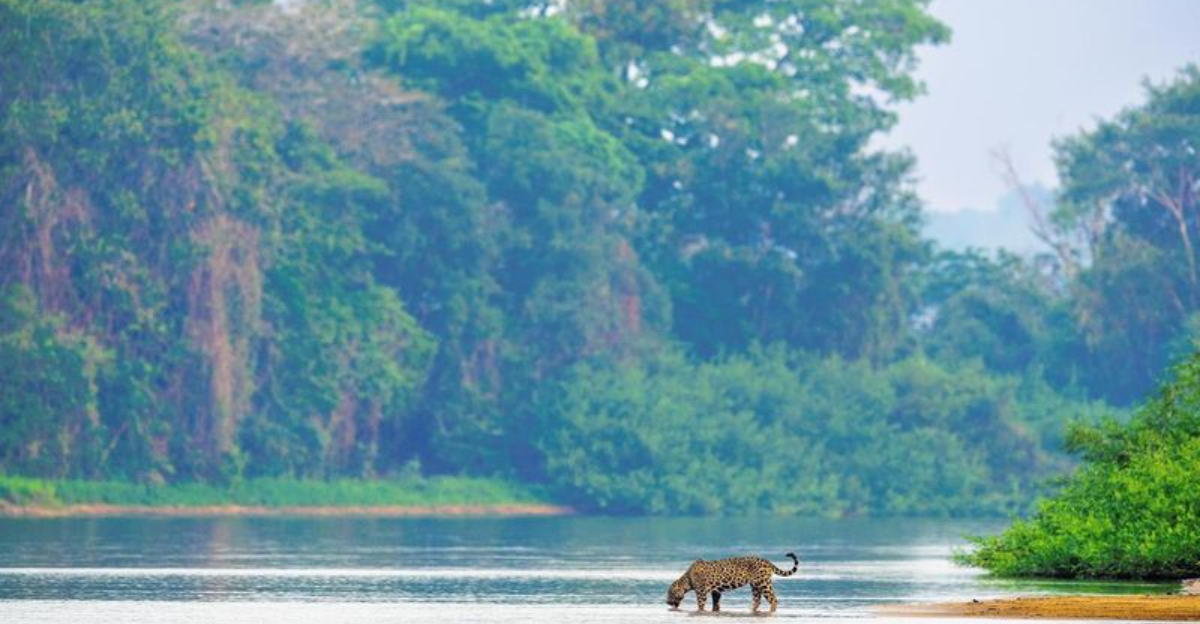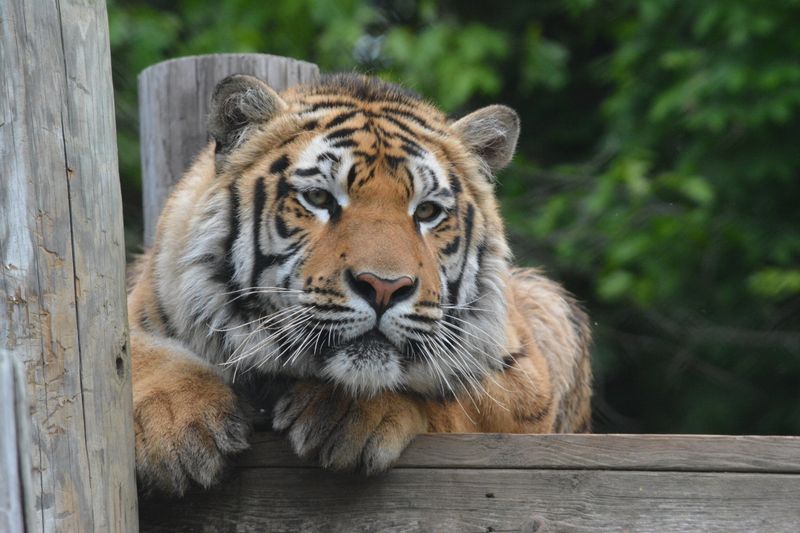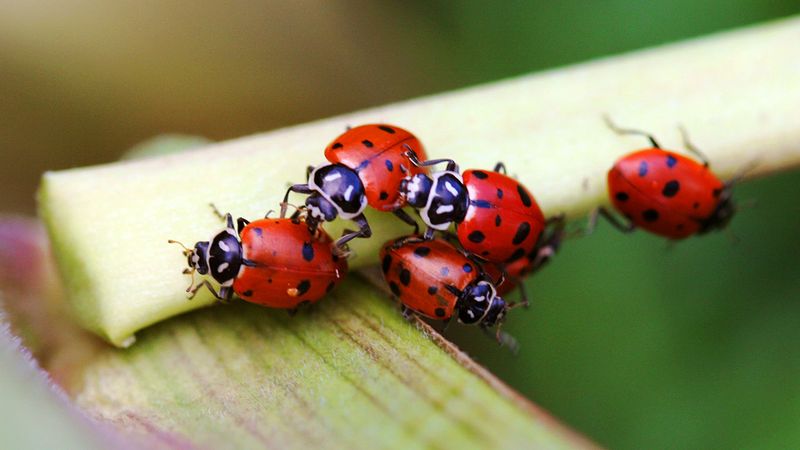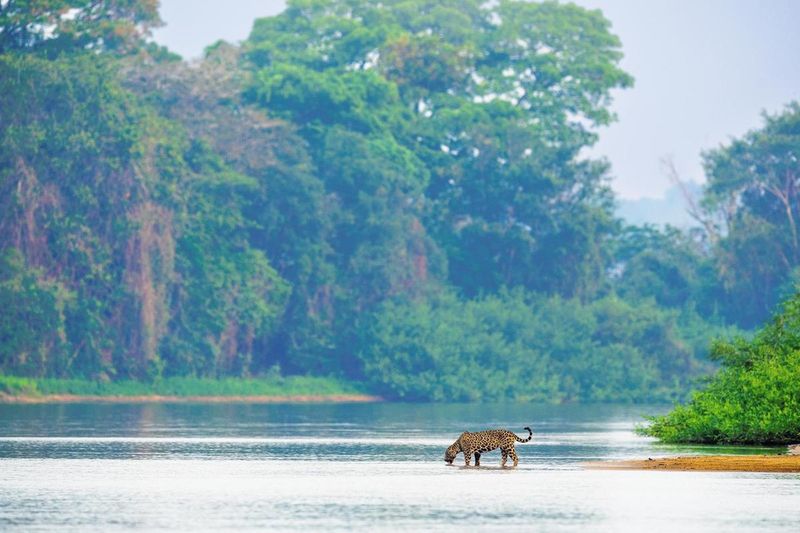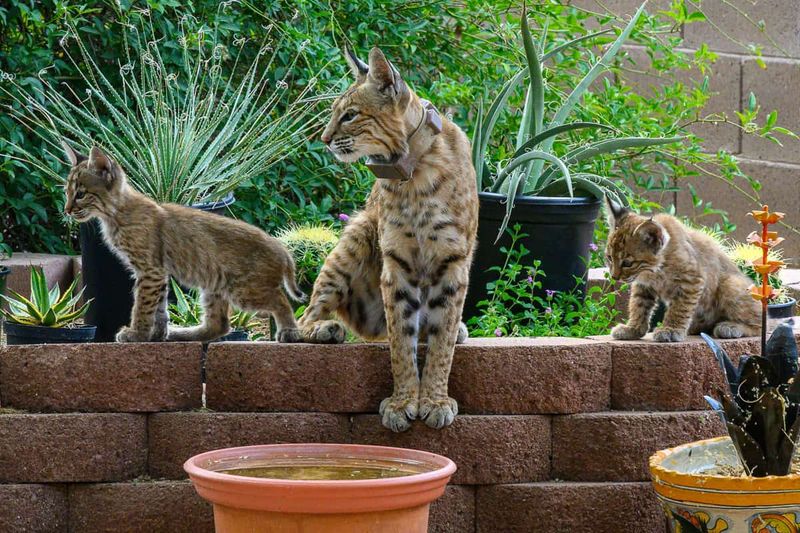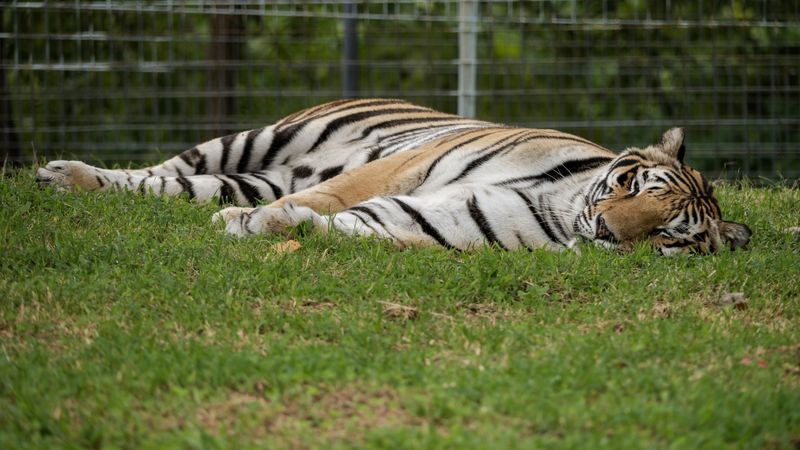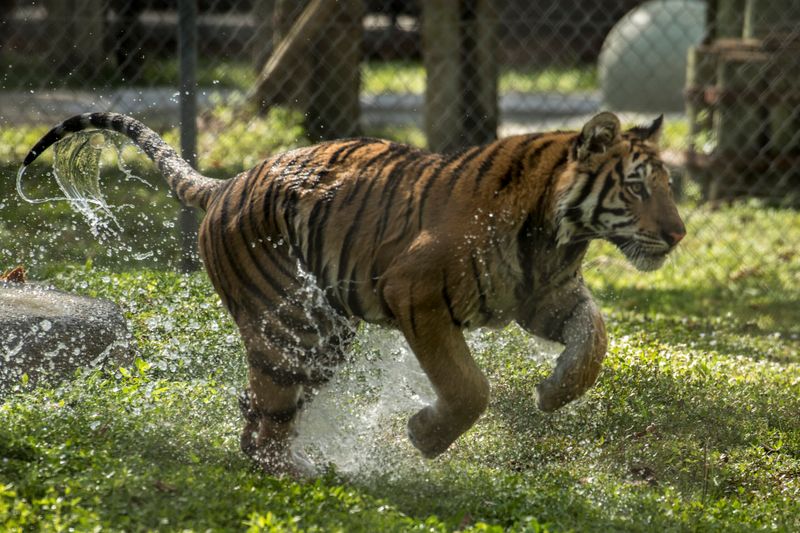📖 Table of Content:
Wild cats are elusive, powerful creatures that play vital roles in balancing the ecosystems they inhabit. From the stealthy bobcat to the wide-roaming cougar and the rare ocelot, these animals once roamed vast expanses of North America. However, their survival today is challenged by habitat loss, human-wildlife conflict, environmental poisons, and road hazards.
Despite the odds stacked against them, wild cats in the United States still have a fighting chance—if we step up. The actions of individuals and communities can have far-reaching impacts on wildlife conservation, especially when those actions are sustained and grounded in awareness. By understanding the unique threats wild cats face, we can make conscious decisions that contribute to their survival rather than their decline.
Helping wild cats doesn’t require becoming a full-time conservationist. In fact, many of the most effective steps are accessible to anyone who cares about wildlife and wants to make a difference. Whether it’s changing the way we use our land or educating our neighbors, each small choice contributes to a larger movement that gives these majestic animals a shot at a wild and free future.
1. Advocate for Stronger Protections
Legislation can mean the difference between extinction and recovery for many wild cats. Efforts to protect endangered species through laws like the Endangered Species Act have historically provided crucial lifelines. Staying informed and contacting local, state, and federal representatives about wildlife issues sends a strong signal that constituents care. Signing petitions, joining letter-writing campaigns, and participating in public comment opportunities all contribute to a broader advocacy movement. Even local ordinances—such as those related to development near wildlife corridors—can have a major impact on wild cat populations. Political will follows public pressure, and your voice, combined with others, has the power to shape protective policies. Legal protections are one of the most effective tools we have to prevent further loss of wild feline populations.
2. Reduce Use of Rodenticides and Pesticides
Poisons meant for pests often end up harming the very animals that help keep rodent populations in check. Predators like bobcats, foxes, and owls ingest these toxic substances when they eat contaminated prey, leading to illness or death. Instead of using chemical poisons, homeowners can opt for humane traps or prevention strategies like sealing holes and securing food sources. Choosing organic gardening and farming methods can also reduce the chemical load in surrounding environments. Community education around these risks can shift public perception and encourage safer practices. Businesses and municipalities that manage large properties can make a difference by adopting wildlife-friendly policies. A poison-free environment is not only safer for wild cats, but healthier for entire ecosystems.
3. Support Habitat Conservation
Preserving large tracts of land is absolutely critical for the survival of wild cats, many of whom require vast territories to roam and hunt. Organizations working to conserve national forests, prairies, and deserts are effectively building the last strongholds for species like cougars and bobcats. Public support plays a huge role in enabling land trusts and conservation nonprofits to purchase and protect these crucial habitats. In addition, advocating for the expansion of protected areas and wilderness corridors can connect fragmented populations and allow for genetic diversity. Even backyard conservation, like planting native vegetation and avoiding invasive species, contributes to broader ecological resilience. Urban sprawl and industrial development have already claimed too much wild space—reversing this trend must start with grassroots efforts. Every acre saved is a future secured for wild cats and countless other species.
4. Drive Safely in Wildlife Zones
Slowing down in areas marked by wildlife crossing signs can save lives—both human and animal. Highways often cut through habitats, turning natural movement patterns into dangerous routes. Installing wildlife underpasses and overpasses has proven to significantly reduce vehicle collisions in states like California and Florida. Drivers should remain especially vigilant at dawn and dusk when animals are most active. Public support for infrastructure funding and road planning that considers wildlife is essential for long-term safety. Sharing knowledge about high-risk zones can also help raise awareness among travelers and tourists. When we prioritize safe passages for wildlife, we honor our role as stewards of shared landscapes.
5. Promote Coexistence
Adapting the way we live near wild cats is key to reducing unnecessary conflict. Small steps like bringing pets indoors at night or using motion-activated lights can deter curious predators without causing harm. Livestock owners can employ guardian animals or secure fencing to protect their animals humanely. Communities that understand wild cats’ behavior are less likely to view them as threats. Workshops, school programs, and local wildlife groups can help spread coexistence practices. Reporting sightings rather than reacting with fear allows wildlife officials to better understand and manage populations. Ultimately, learning to live alongside wild cats instead of fearing them builds harmony and safety for everyone involved.
6. Support Ethical Wildlife Tourism
Experiencing wild cats in their natural habitats can foster deep respect, but it must be done responsibly. Visitors should seek out sanctuaries accredited by organizations like the Global Federation of Animal Sanctuaries (GFAS), which uphold high standards of care. National parks and wildlife refuges also offer educational experiences that don’t exploit animals. Avoiding attractions that offer cub-petting, selfies, or performances helps stop the cycle of abuse and trafficking. Tourists wield power through their spending choices—by supporting ethical operations, they can promote conservation and animal welfare. Responsible wildlife tourism contributes to local economies while encouraging habitat protection. Seeing a bobcat on a hiking trail or a cougar in the wild is unforgettable—and it should remain a possibility for generations to come.
7. Volunteer or Donate
Making time or offering financial support to conservation groups can have lasting impacts. Many organizations rely on public donations to fund habitat protection, research, and rescue operations. Volunteers are often needed for everything from data collection to outreach and event planning. Even remote opportunities like digital marketing or administrative support can strengthen these efforts. Local shelters may also need help rehabilitating injured wild cats or educating the public. A recurring donation—even a modest one—provides predictable support that enables long-term planning. When individuals give their time or resources, they become part of a community fighting to keep wild cats wild.
8. Educate and Inspire Others
Raising awareness may be the most accessible yet powerful tool you have. Sharing accurate information through social media, conversations, or presentations helps combat myths and misinformation. Passionate storytelling—whether through art, video, or writing—can captivate audiences and shift perceptions. You might inspire others to take action they hadn’t considered before. Schools and youth programs are fertile ground for growing the next generation of wildlife advocates. Hosting a local screening of a conservation documentary or organizing a cleanup event can create community-wide impact. As more people learn about wild cats, support for their protection becomes harder to ignore. A single voice can spark a movement, especially when it encourages others to speak up too.
